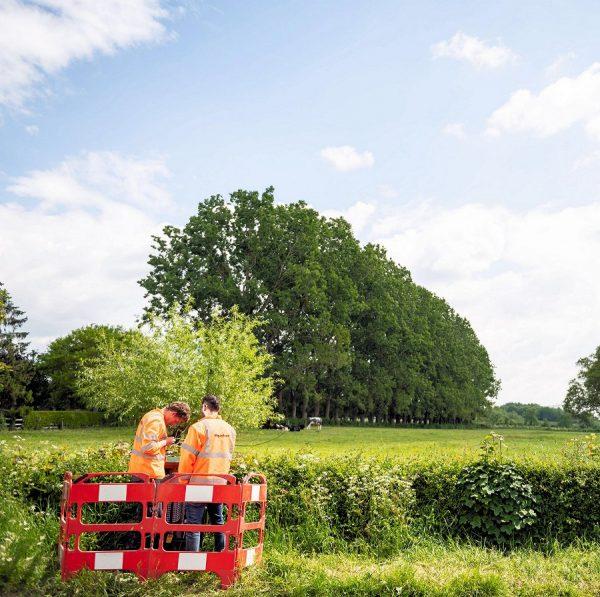
A series of Future Capability Papers, authored by the UKTIN Expert Working Groups, are being published over the coming months. Find out more here.
UKTIN spoke to Nick Parsons, Chair of the UKTIN Optical Communications and Photonics Expert Working Group, to learn more about the group’s paper.
Download UKTIN’s Optical EWG Future Capability Paper
Please talk us through the process of creating the paper.
To get started, we had to find the right group of experts available to contribute to the paper. This took a fair amount of time but eventually, we formed a brilliant team: 50 per cent work in the industry and 50 per cent in academia.
We agreed to focus on six major technology topics, including transport and data centre networks alongside emerging quantum communications and integrated silicon photonics. The contributions came together reasonably quickly, but we worked through a lot of iterations and detailed discussions before we finalised the paper being published today.
What is the one thing you’d like people to know about the report?
The report provides a snapshot of UK photonics and optical communications: the supply chain, materials, systems and the academic base. Our recommendations, taken as a whole, aim to rebuild cohesion across the ecosystem and expand our optical systems and photonic device capability.
What surprised you most while preparing this report?
We came across some pretty stark numbers. The Office of National Statistics reported a dramatic decline in our optical systems capabilities. Since the telecom bubble burst 20 years ago, we have seen the demise of major optical equipment players in the UK and now imports of communication equipment are three times higher than exports. We need to reverse this trend in our balance of trade.
On the contrary, the willingness of the expert group to contribute their time and knowledge was very refreshing. We had some excellent discussions and the report we have delivered has been compiled to a high standard, in my opinion at least!
What conclusions were you able to draw from the paper?
Overall, we can see that the research base is healthy, and strong – in both optics and quantum technologies. The fragmentation of the ecosystem is the main issue. R&D is somewhat uncoordinated and transition from proof of concept to commercial exploitation is still challenging, which are things we need to change. We have made eight recommendations to strengthen the UK’s competitiveness in optical communications and photonics, including:
- Establishing a long term Grand Challenge programme to accelerate innovation at both device and systems level for high capacity integrated optical and wireless networks;
- Lowering the barriers to entry for prototyping of advanced integrated photonics chips for energy- efficient optical and quantum networks; and
- Strengthening the skills base needed for photonics at all levels in the ecosystem through targeted funding and raising awareness of the vital role that optical communications plays in connecting today's world.
Are there any themes picked up in this paper that we can expect to see continued or explored in the other EWG papers?
Every EWG paper so far has highlighted the critical need to strengthen skills and training. But this needs to happen across the entire spectrum: PhDs, undergraduates, technicians and school pupils. Exciting themes are emerging from the sector, so let’s make more people aware of innovations in telecoms networks and their benefits.
Another issue we picked up was the lack of a collective voice within standardisation activities. Often, SMEs don’t have the time to contribute and, as a result, it tends to be those with the loudest voice and the deepest pockets setting the standards. We’d like to work on that.
Other groups also noted the need for a semiconductor prototyping capability, particularly for integrating photonics chips: this is one of the keys to driving more energy efficiency and cost-effectiveness in our telecoms capability.
And finally, across UKTIN there is the desire to create a cohesive vision for our future integrated telecommunications networks and to define the steps needed to ensure the UK's long term competitiveness in this growing technology sector.









